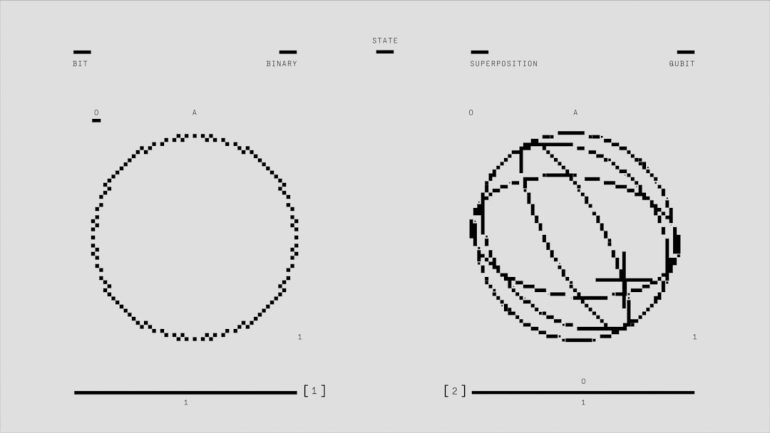Fix Windows Update Error Code 0x80072F76 – 0x20016
The process of keeping your Windows operating system up to date is essential for maintaining security, performance, and compatibility. However, sometimes error codes can interrupt or prevent the update process. One such error is Windows Update Error Code 0x80072F76 – 0x20016. This error commonly occurs during the upgrade to Windows 10 or when using the Media Creation Tool. When encountered, it typically stops the update process entirely, leaving users uncertain about how to proceed.
In this article, we’ll break down the causes of this error and present several reliable methods to resolve it. These steps are trusted by IT professionals and have proven effective for many users facing the same issue.
What Causes Error Code 0x80072F76 – 0x20016?
Table of Contents
This error generally points to issues related to network connectivity, SSL certificate validation, or the Media Creation Tool not having proper access to the update servers. Possible causes include:
- System date and time are incorrect
- Internet connection troubles
- Antivirus or firewall interference
- Corrupt Windows Update components
- Outdated Media Creation Tool

Solutions to Fix Windows Update Error 0x80072F76 – 0x20016
Here are effective steps you can follow to resolve this issue. Make sure to try each solution in order, as the easiest fixes come first.
1. Verify Date and Time Settings
If your system clock is not properly synchronized, it can interfere with the secure communication protocols needed to connect to Microsoft’s update servers.
- Right-click the clock on the taskbar and click “Adjust date/time”.
- Enable “Set time automatically” and “Set time zone automatically”.
- Click “Sync now” under “Synchronize your clock”.
Once completed, restart your computer and try the update again.
2. Check Internet Connectivity
This error can result if your device cannot reach Microsoft servers, often due to network outages or DNS problems. Test your connectivity:
- Open a browser and ensure you can access websites like microsoft.com.
- Try using a wired connection if you’re on Wi-Fi.
- Restart your modem/router.
You may also flush DNS and reset the TCP/IP stack:
ipconfig /flushdns
netsh int ip reset
netsh winsock reset
Restart the system afterward and retry the update.
3. Disable Antivirus or Firewall Temporarily
Some third-party security software may block connections required for the Media Creation Tool. Temporarily disable these tools and see if the update proceeds. Remember to re-enable them after the process to maintain security.
4. Use the Latest Version of the Media Creation Tool
The Media Creation Tool is updated periodically to comply with Windows changes. Running an outdated version can lead to compatibility errors, including 0x80072F76 – 0x20016. Download the latest version from the official Microsoft site:
Make sure to delete any older executable files before launching the new download.
5. Reset Windows Update Components
If other methods don’t help, it’s likely some Windows Update components are misconfigured or corrupt. To reset them manually:
- Open Command Prompt as Administrator.
- Stop services:
- Rename the SoftwareDistribution and Catroot2 folders:
- Restart the services:
net stop wuauserv
net stop cryptSvc
net stop bits
net stop msiserver
ren C:\Windows\SoftwareDistribution SoftwareDistribution.old
ren C:\Windows\System32\catroot2 catroot2.old
net start wuauserv
net start cryptSvc
net start bits
net start msiserver
After performing these steps, retry the installation or run the Media Creation Tool again.

Final Thoughts
Dealing with the Windows Update error code 0x80072F76 – 0x20016 can be frustrating, but it is usually solvable through a systematic approach. By taking the steps outlined above—starting with simple checks like date/time and internet connection, and moving to more advanced fixes like resetting update components—you can restore the update functionality and successfully proceed with your Windows installation or upgrade.
If none of the solutions work, consider using Microsoft’s own support resources or posting your diagnostic logs to a trusted tech forum for further help. Staying proactive with system maintenance and updates will help you avoid similar issues in the future.







